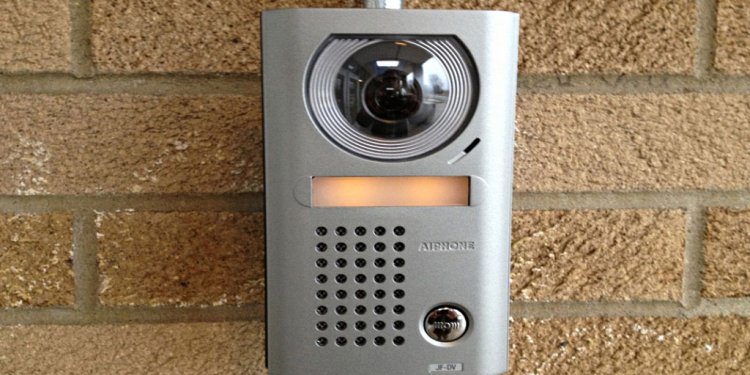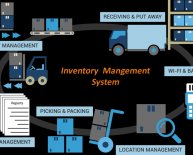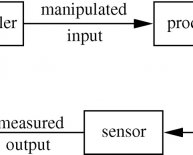
Controlled Access Systems
(1) When used to control access to areas where leading edge and other operations are taking place, the controlled access zone shall be defined by a control line or by any other means that restricts access. Signs shall be posted to warn unauthorized employees to stay out of the controlled access zone.
(2) When control lines are used, they shall be erected not less than 6 feet nor more than 25 feet from the unprotected or leading edge, except when erecting precast concrete members.
(3) When erecting precast concrete members, the control line shall be erected not less than 6 feet nor more than 60 feet or half the length of the member being erected, whichever is less, from the leading edge.
(4) The control line shall extend along the entire length of the unprotected or leading edge and shall be approximately parallel to the unprotected or leading edge.
(5) The control line shall be connected on each side to a standard railing or wall, or securely anchored on each end.
(6) Control lines shall consist of ropes, wires, tapes, or equivalent materials, and supporting stanchions as follows:
(A) Each line shall be flagged or otherwise clearly marked at not more than 6-foot intervals with high-visibility material.
(B) Each line shall be rigged and supported in such a way that its lowest point (including sag) is not less than 39 inches from the working level/working area and its highest point is not more than 45 inches.
(C) Each line shall have a minimum breaking strength of 200 pounds.
(b) Safety monitoring systems.
(1) The employer shall designate a competent person to monitor the safety of other employees and the employer shall ensure that the safety monitor complies with the following requirements:
(A) The safety monitor shall be competent to recognize fall hazards;
(B) The safety monitor shall warn the employee when it appears that the employee is unaware of a fall hazard or is acting in an unsafe manner;
(C) The safety monitor shall be within visual sighting distance of the employee and shall always be in communication with the employee being monitored; and,
(D) The safety monitor shall not have other responsibilities which could take the monitor's attention from the monitoring function.
(2) No employee, other than an employee covered by a fall protection plan, shall be allowed in an area where an employee is being protected by a safety monitoring system.
(3) Each employee working in a controlled access zone shall be directed to comply promptly with fall hazard warnings from safety monitors.















